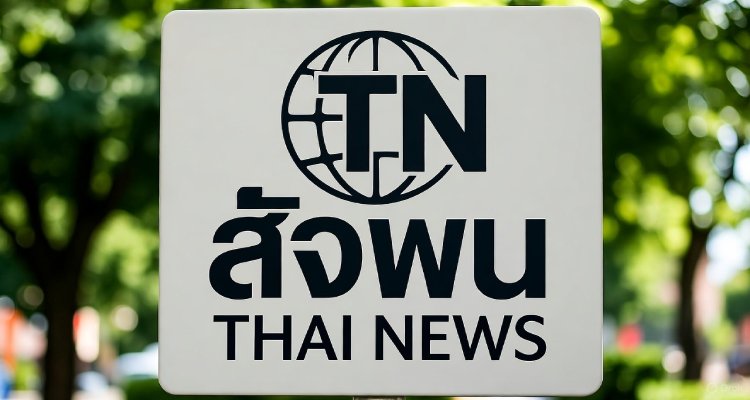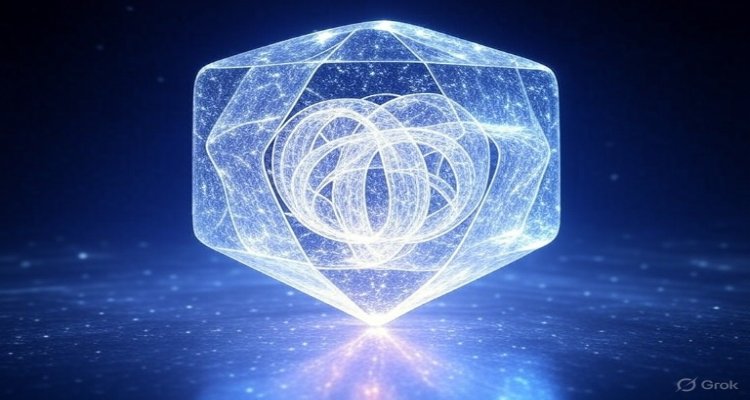Time Crystals: The Physics That Could Reshape Technology and Energy
Time crystals, a breakthrough in quantum physics, could revolutionize computing, energy efficiency, and the future of advanced technology.
Introduction: A New State of Matter That Defies Time
Imagine a material that never stops moving, even when no energy is added. This is not science fiction—it’s the physics of time crystals. First theorized a little over a decade ago, time crystals are now one of the most intriguing developments in quantum research, holding the potential to reshape how we understand technology, computation, and energy systems.
Context & Background: The Birth of an Impossible Idea
In 2012, Nobel Prize–winning physicist Frank Wilczek proposed something radical—a new state of matter that doesn’t just exist in space but also repeats itself in time. Traditional crystals, like diamonds or quartz, have repeating patterns in space. Time crystals, however, are different: their atomic structure oscillates in a predictable cycle without consuming energy.
For years, scientists debated whether they could even exist. By 2017, researchers at Google and several universities managed to create the first working versions in controlled lab environments. Since then, time crystals have become a growing frontier in physics, hinting at practical applications in quantum computing and energy efficiency.
Main Developments: From Theory to Real-World Experiments
The most groundbreaking progress came when Google’s quantum research team, in collaboration with physicists from Stanford and Princeton, successfully simulated time crystals on their Sycamore quantum processor in 2021. Unlike ordinary matter, these crystals resisted entropy—the natural tendency of systems to move toward disorder.
This resistance to energy loss is why time crystals excite both physicists and engineers. They could serve as stable building blocks for quantum computers, which often struggle with maintaining coherence. In energy systems, their perpetual oscillation could inspire new ways of managing energy transfer with minimal waste.
Expert Insight: Why Scientists Are Paying Attention
Dr. Vedika Khemani, a Stanford physicist who contributed to the first practical blueprint for time crystals, described them as “a new phase of matter with no analog in classical physics.” Experts note that this breakthrough doesn’t just add a page to physics textbooks—it opens entirely new chapters.
Quantum computing researchers see them as potential keys to overcoming one of the field’s biggest hurdles: error correction. “Time crystals may allow us to stabilize quantum states for much longer, which is essential for scalable quantum technology,” noted a research fellow at MIT’s Quantum Information Science Lab.
Public interest, too, has surged. Online discussions compare them to “perpetual motion machines,” though scientists are quick to clarify that time crystals don’t violate physics—they simply exploit it in a way we never imagined possible.
Impact & Implications: Where Time Crystals Could Lead
The ripple effects of time crystal research stretch far beyond laboratories:
- Quantum Computing: They could make quantum processors more reliable, unlocking the next era of artificial intelligence, secure communications, and advanced problem-solving.
- Energy Systems: Their unique oscillations might inspire low-energy technologies, paving the way for breakthroughs in efficiency.
- Fundamental Physics: Time crystals challenge long-held assumptions about equilibrium and entropy, reshaping our basic understanding of the universe.
Still, challenges remain. Time crystals are currently only produced in highly controlled lab environments, requiring sophisticated equipment. Commercial applications may be decades away, but the potential trajectory mirrors that of semiconductors—once an experimental novelty, now the backbone of modern life.
Conclusion: A Glimpse Into the Future of Matter
Time crystals represent more than a scientific curiosity; they may be the foundation of tomorrow’s most transformative technologies. Just as superconductors revolutionized electronics and nuclear physics reshaped energy, time crystals could lead to an era where computation, energy, and material science converge in unprecedented ways.
For now, they remain fragile creations inside quantum labs. But as history has shown, today’s impossible ideas often become tomorrow’s realities. Time crystals may well be the next leap forward in humanity’s quest to master the hidden laws of nature.
Disclaimer : This article is for informational purposes only. It is based on current scientific research and expert insights. Practical applications of time crystals are still under development, and commercial use remains speculative.











